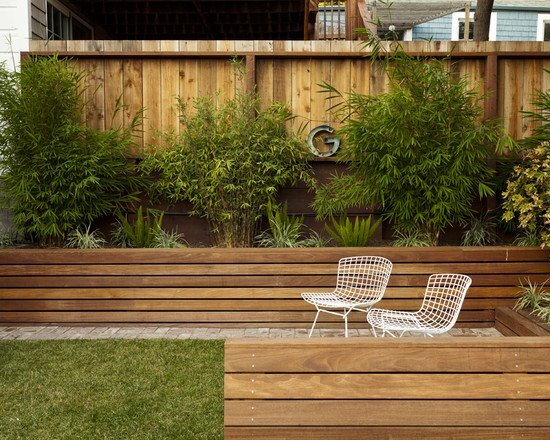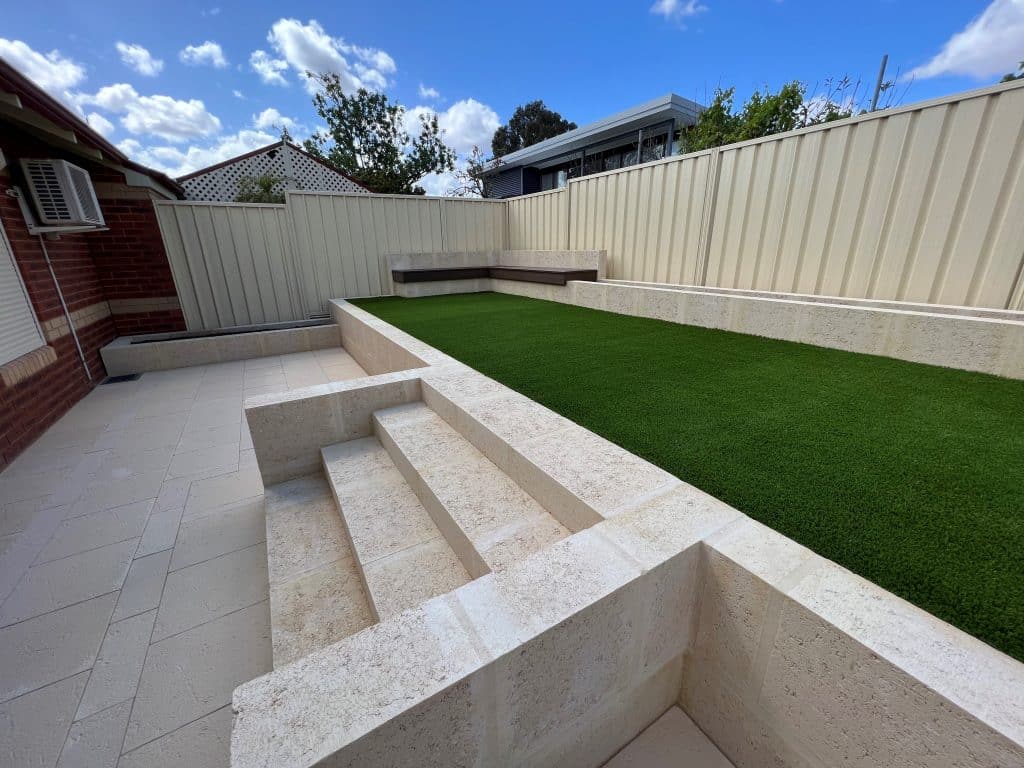Exactly How Custom-made Retaining Walls Sunshine Coast Can Boost Your Landscape Layout
Enhancing Property Stability: The Function of Retaining Walls in Dirt Retention and Disintegration Control
Keeping wall surfaces stand as quiet guardians, playing a vital function in soil retention and erosion control. By exploring the subtleties of various kinds, design factors to consider, building and construction methods, and maintenance tips linked with preserving wall surfaces, a deeper understanding of their pivotal duty in improving home stability emerges.
Importance of Retaining Walls in Stability
The importance of retaining wall surfaces in making sure stability within landscapes can not be overemphasized. Maintaining walls play an essential duty in holding back soil, preventing disintegration, and producing level surfaces in sloped locations. By offering architectural support, retaining walls aid to redistribute lateral stress triggered by soil, protecting against landslides and slippage. Along with improving the aesthetic charm of a home, preserving walls contribute to the general safety and security and functionality of outside spaces.
Preserving walls are specifically important in sloping or irregular surfaces where soil erosion is a typical incident. Without appropriate support, soil erosion can bring about the destruction of landscapes, jeopardizing the honesty of frameworks and posturing risks to inhabitants. Preserving wall surfaces function as obstacles, stabilizing the soil and avoiding it from moving downhill throughout heavy rainfall or other environmental stress factors.
In addition, preserving wall surfaces use long-lasting benefits by reducing upkeep expenses connected with soil disintegration and land instability. By investing in properly designed maintaining wall surfaces, homeowner can make certain the durability and sustainability of their landscapes while advertising a aesthetically enticing and risk-free environment.

Kinds Of Retaining Walls for Disintegration Control
Gravity maintaining walls are strong structures that rely on their weight to stand up to the stress of the soil behind them. Cantilever retaining walls, on the various other hand, are developed with a thicker base and make use of a lever arm to hold up against the soil pressure.
For taller wall surfaces or where space is a restraint, secured retaining wall surfaces are commonly used. These wall surfaces utilize cords or strips that are anchored into the dirt or rock behind the wall surface to provide extra assistance. Another type, the sheet heap maintaining wall, is perfect for locations with soft dirt. Retaining Walls Sunshine Coast. These wall surfaces include interlocking sheets that are driven right into the ground to develop an obstacle against soil erosion. When choosing the appropriate kind of retaining wall surface for disintegration control, factors such as soil structure, wall elevation, and website conditions need to be thoroughly thought about to make certain resilient security and performance.
Layout Factors To Consider for Soil Retention
Including the principles of architectural design and ecological sustainability is crucial when taking into consideration layout facets for efficient soil retention solutions. When making for dirt retention, it is important to assess the details demands of the site, consisting of dirt make-up, water drain patterns, and incline security. The elevation and location of the preserving wall surface are vital variables that influence the total design. Engineers should likewise think about the pressure exerted by the maintained dirt and possible side tons to make sure the framework's security with time.
Moreover, the material choice for the keeping wall surface is critical in improving longevity and capability. Concrete, lumber, gabion baskets, and natural rock are typical products made use of in keeping wall surface building, each with its distinct benefits and considerations. Appropriate water drainage devices, such as weep holes and French drains, must be integrated right into the layout to avoid water build-up behind the wall surface, which can result over at this website in architectural failure and disintegration.
Building And Construction Strategies for Retaining Walls
When applying design considerations for effective soil retention, the building methods for preserving wall surfaces play an essential duty in ensuring architectural honesty and long-lasting security. The success of a keeping wall surface mainly relies on the building and construction techniques used. One common method is the gravity wall surface, which relies on the weight and mass of the wall itself to stand up to the pressure of the maintained soil. Gravity walls are suitable for reduced to tool elevations and are fairly simple to construct. Retaining Walls Sunshine Coast.
Another widely made use of building technique is the cantilevered wall surface, which uses a concrete slab structure that prolongs backwards right into the kept dirt. This layout supplies additional security and appropriates for medium to high preserving walls. For taller frameworks, strengthened soil strategies such as making use of geogrids or soil nails can be utilized to enhance the wall surface's stamina and stability.

Maintenance Tips for Property Stability
To make certain long-lasting building stability, routine upkeep practices are vital for maintaining the integrity of avoiding and maintaining wall surfaces disintegration issues. Evaluating retaining walls regularly is critical to identify any indications of damages, such as splits, protruding, or leaning. Any kind of issues should be dealt with immediately to stop more deterioration. Cleaning the surface of the keeping walls can likewise assist maintain their architectural stability by eliminating dust, particles, and plants that might damage the wall surface with time (Retaining Walls Sunshine Coast).
Along with aesthetic assessments and cleaning, it is important to examine the drain systems connected with the preserving wall surfaces. Making sure that drains pipes are clear of obstructions and functioning web effectively can avoid water buildup behind the wall surfaces, which can lead to pressure and possible failing. Appropriately functioning drain systems are essential for handling water flow and reducing the risk of disintegration.
Routinely keeping and keeping track of maintaining walls according to these pointers can prolong their life-span and add to the total stability of the property.
Final Thought
In read review conclusion, retaining walls play an essential role in enhancing residential or commercial property stability by protecting against dirt disintegration and maintaining dirt in location. Routine maintenance of preserving walls is important to guarantee long-term security and defense versus erosion.
For taller walls or where area is a restriction, anchored retaining wall surfaces are commonly utilized. These walls use wires or strips that are secured into the soil or rock behind the wall surface to supply extra support. When picking the appropriate kind of preserving wall for erosion control, variables such as dirt composition, wall surface elevation, and site problems need to be thoroughly considered to make certain resilient stability and performance.
One typical technique is the gravity wall surface, which depends on the weight and mass of the wall surface itself to withstand the pressure of the retained soil. Cleaning up the surface of the preserving walls can also aid maintain their architectural integrity by removing dirt, particles, and greenery that might damage the wall over time.